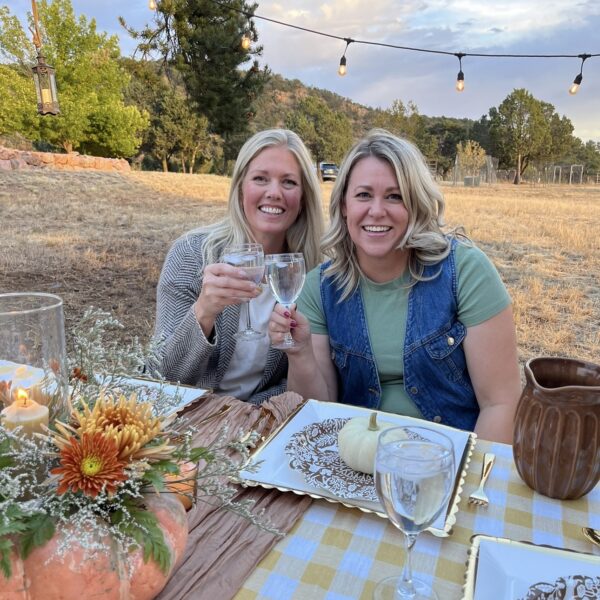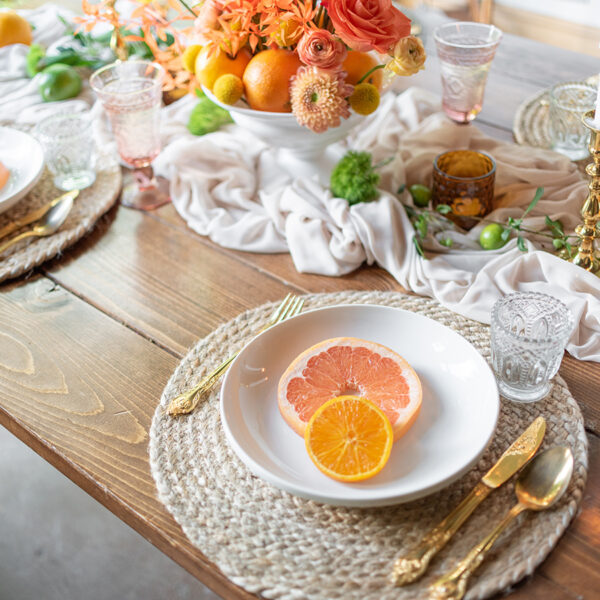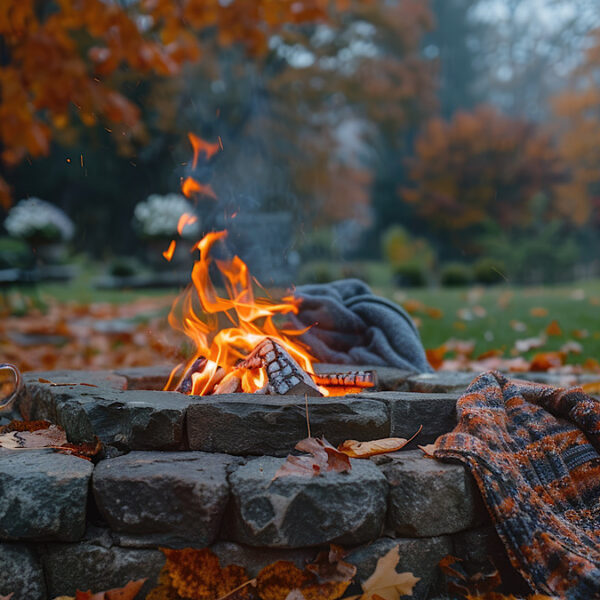Start Here.

Flowers add life, color, and personal touches to your wedding day! However, with so many options, planning your wedding florals can feel overwhelming. Here’s a guide to help you plan floral selections that suit your style, budget, and vision.
Define Your Floral Style and Vision
Start by deciding on the overall “mood” or style you want to create with your wedding flowers. Are you drawn to lush and romantic blooms, wild and whimsical arrangements, or sleek and modern designs? Browse Pinterest, Instagram, and bridal magazines to collect images you love. Be sure to note themes in colors, styles, and arrangement types. Consider your venue as well: an outdoor garden wedding might lend itself to natural, free-form arrangements, while a grand ballroom could call for elegant blooms. Your color palette is also key—florals that complement or contrast with your colors can enhance harmony or make a bold statement.
Choose Meaningful Flowers
Including flowers with personal meaning can add an extra layer of significance to your day. Think of flowers with family or cultural significance, or incorporate flowers you and your partner have enjoyed together on travels, dates, or special moments. The time of year you’re marrying can influence choices, too—perhaps winter berries or fall leaves could add a special seasonal flair.
Set a Realistic Floral Budget
On average, florals can consume anywhere from 8-15% of a wedding budget. To maximize your budget while staying true to your vision, prioritize key pieces like your bouquet, centerpieces, and ceremony arch or backdrop, as these are often the most photographed. One way to stretch your floral budget is to add volume with creative filler options like greenery or small filler flowers.
Make a List of Key Arrangements
Your floral budget will depend on the types of arrangements you’ll need. Common choices include personal flowers (like the bride’s bouquet, bridesmaids’ bouquets, boutonnieres, and corsages), ceremony décor (altar arrangements, aisle décor, and any arch florals), and reception flowers (centerpieces, bar florals, and cake flowers). For photo opportunities, you might highlight specific areas with florals, like a sweetheart table or welcome sign. Don’t forget to download our free flower checklist below!
Work Closely with Your Florist
Choosing a florist who understands your vision and offers expert guidance will bring your floral dreams to life. Share your inspiration, priorities, and budget openly, and let them help you make the best choices for your wedding day. A good florist will suggest alternatives if specific flowers are out of season or too costly and can source unique blooms or recommend options that fit your style.
Incorporating beautiful, personalized florals into your wedding day doesn’t have to be overwhelming. By clarifying your vision, setting a realistic budget, and collaborating closely with your florist, you can plan floral arrangements that will leave you smiling for years to come. Happy planning!


